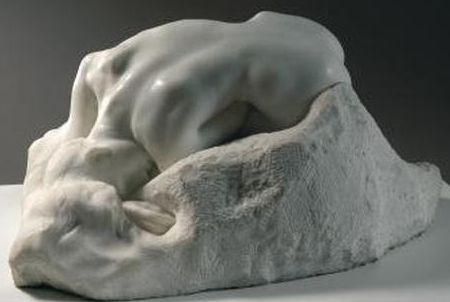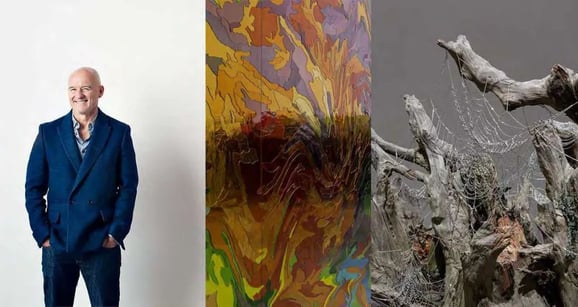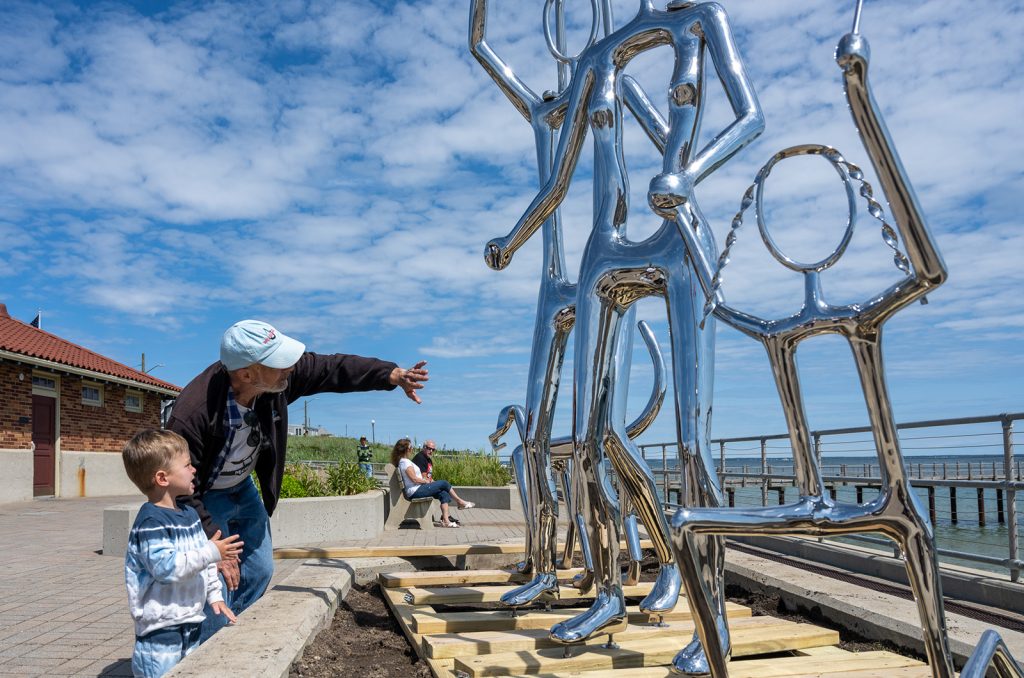Unveiling Emotion: The Story Behind Rodin’s Danaïde
Auguste Rodin, one of the most influential sculptors of the 19th century, created works that delve deeply into the human experience. Among his many masterpieces, “Danaïde” stands out not only for its stunning form but also for the rich emotions it conveys. Understanding the intricacies of this sculpture provides insights into Rodin’s approach to art and his fascination with the human condition.
The Mythological Roots of Danaïde
“Danaïde” draws inspiration from Greek mythology, specifically the story of Danaus and his daughters, known as the Danaïdes. In the myth, they were condemned to eternally fill a leaky jug as punishment for murdering their husbands. Rodin captures the essence of this story in his sculpture, portraying the anguish and relentless despair of the characters. This connection to mythology enriches the viewer’s experience, inviting them to reflect on the themes of eternity, guilt, and the human struggle against insurmountable burdens.
The Artistic Techniques Behind the Sculpture
Rodin’s technique in “Danaïde” exemplifies his mastery of form and emotion. He used a method known as indirect carving, where he would start with a block of stone and gradually reveal the figure within. This approach allows for a more fluid, dynamic representation of human emotion. The intricate details in the figure’s expressions and pose contribute significantly to the sculpture’s impact, making it feel almost alive. Rodin’s unique ability to blend realism with expressive gestures allows the viewer to connect on a deeper level with the depicted emotions.
The Legacy of “Danaïde” and Its Impact on Modern Sculpture
The significance of “Danaïde” extends beyond its aesthetic appeal; it played a pivotal role in shaping modern sculpture. Rodin’s innovative techniques and emotional depth influenced countless artists who followed him, moving away from traditional forms and embracing a more expressive style. Today, “Danaïde” continues to resonate, reminding us of the profound stories that can be told through sculpture. Its exploration of eternal struggle and human emotion invites contemporary audiences to engage with their own values and experiences.
In conclusion, Auguste Rodin’s “Danaïde” is more than just a sculpture; it’s a powerful representation of human emotion and mythological narrative. To delve deeper into Rodin’s world, explore more of his works and consider how they reflect universal truths about human experience. Whether visiting an art museum or reading further on this topic, there’s always more to discover in the realm of fine art.


